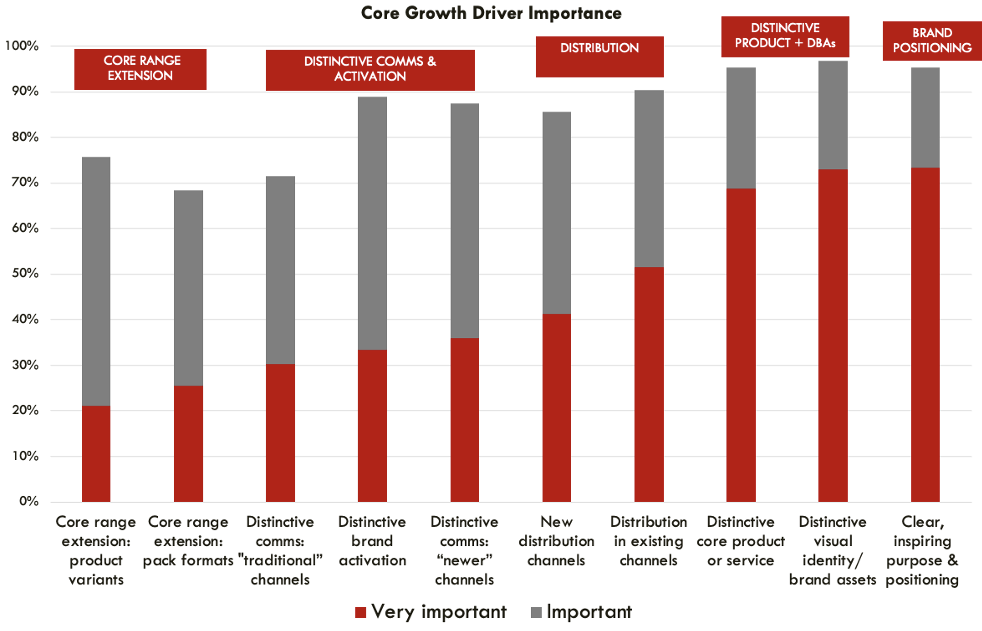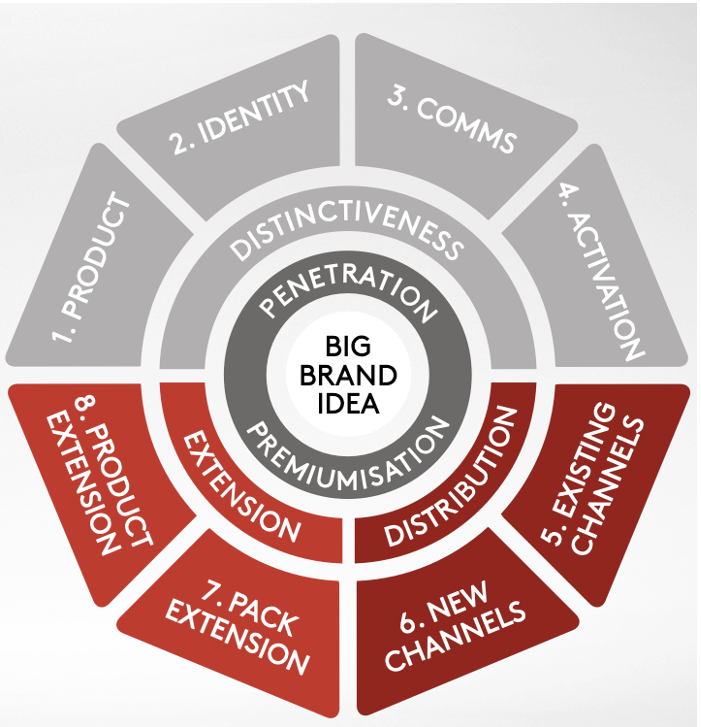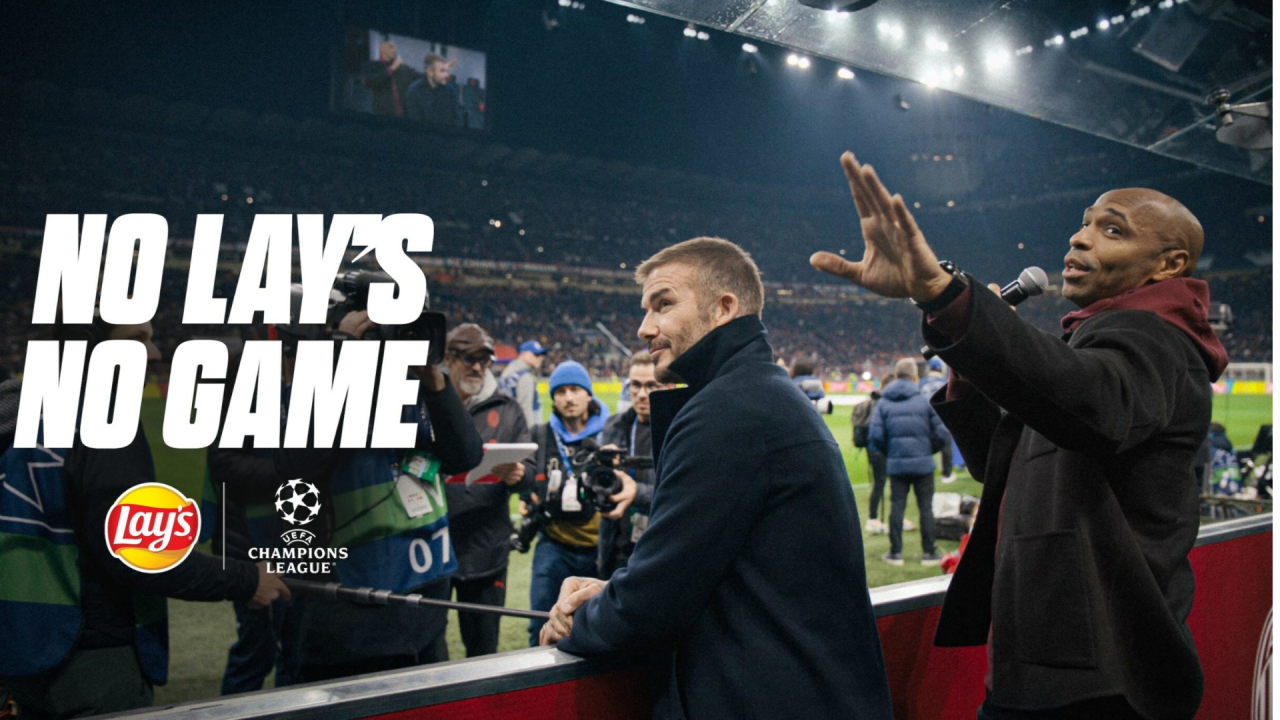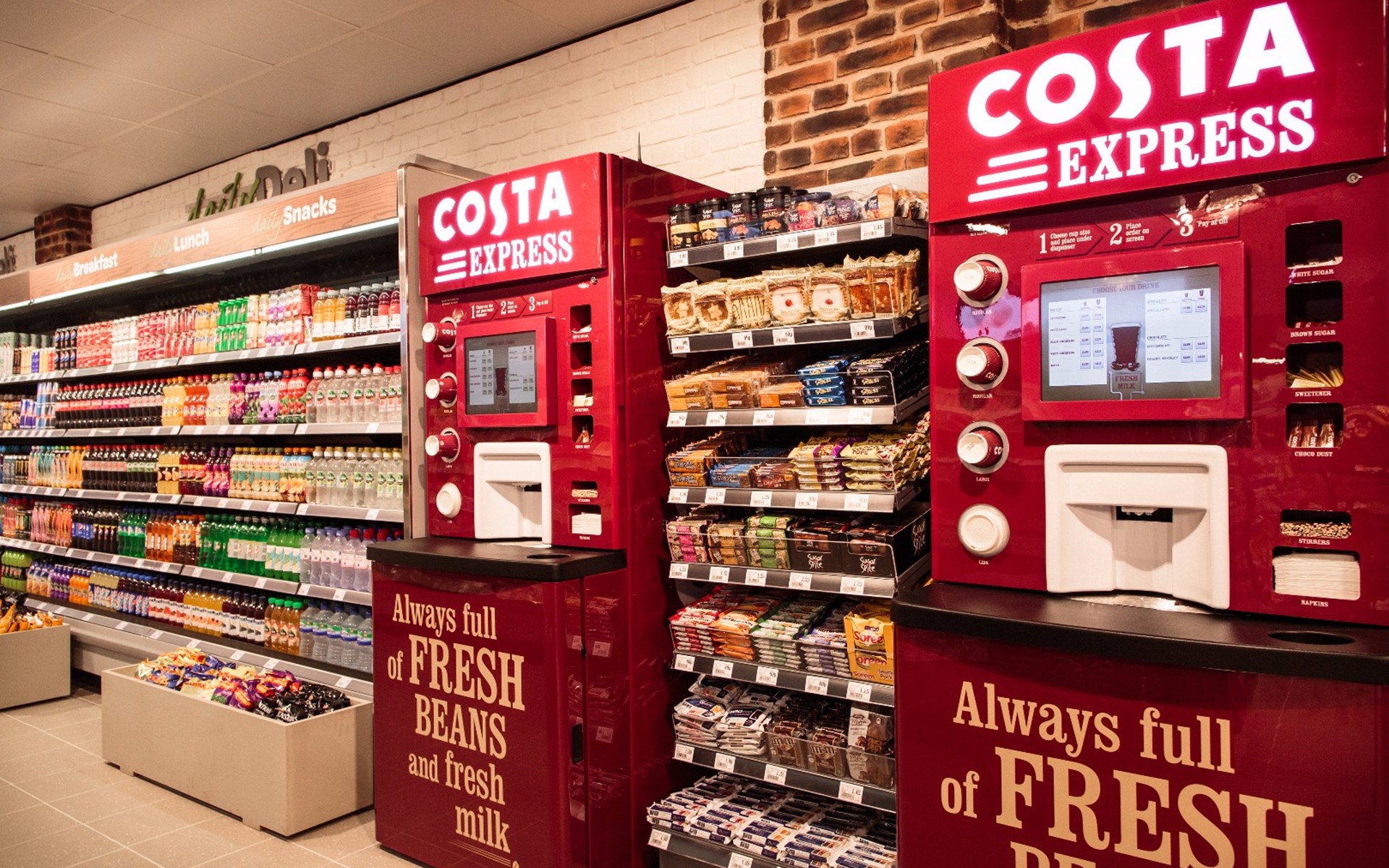This is the second of two posts sharing insights from our 17th annual research project on what we call “The Core Growth Crisis”. The research used a quantitative survey of 100 senior marketing professionals across the globe covering different sectors. Last week, we saw how growing the core was, in principle, more important than ever with clear benefits. However, in reality, today there is something of a core growth crisis. There has been an over-reliance on pricing to grow, leading to a widening price gap vs lower priced brands. There is also a need to get cross-functional teams including sales working on core growth, equipped with the right tools.
We explored the challenges of growing the core in today’s difficult economic context of global economic pressures, including the cost of living crisis. Specifically, we looked at the role of core brand growth versus innovation to stretch into new markets.
In this post, we propose a comprehensive and practical approach to growing the core.
Core growth drivers
Our research highlights 4 key areas to focus on (below): 1. Brand positioning, 2. Distinctive product & visual identity, 3. Distribution 4. Distinctive activation and communication
Core range extension (new pack formats and product variants) was important but a lower priority. Interestingly, this is often the driver marketers jump into straight away, showing the need for a structured approach to work through the other core drivers first.

Core Driver framework
Our Core Driver framework below is designed to help solve the core growth crisis, by working through the key core growth drivers in a sequential, structured way. The framework goes beyond pricing alone to also drive penetration to get new users, the key to volume growth. We recently used this approach with a global ice brand on a global project. A cross-functional team created ideas covering distinctive products, packaging and activation in addition to distribution. The lead ideas were put into a 3 year core growth roadmap for implementation.

Collaboration with commercial teams
Importantly, to solve the core growth crisis, a Core Driver project should be a cross-functional, collaborative process to build engagement and alignment. In particular, working with commercial teams is key, to create core growth plans that convince retail customers. For example:
- Joint commercial diagnosis including customer input
- An total brand budgets, combining consumer marketing, price promotion & shopper marketing
- Crafting integrated brand activation platforms, each with a full commercial plan (media support + in-store display + price promotion etc.)
Distinctive brand assets
With a clear positioning, the next challenge is to drive distinctiveness through your brand assets (logos, colours, symbols etc.). We call this “baking the brand in” to your core. Best of all is to drive distinctiveness into your core product itself, as this is a “permanent”, always-on driver of distinctiveness that can drive relevance and create “buzz” for your brand. HOKA shoes has grown by leveraging a highly distinctive product design. The thick-sole of the shoes have a functional benefit, the brainchild of two avid trail runners on a quest to feel like they were flying over rugged mountain trails. At the same time, the shape of the shoe and the bold logo are distinctive brand assets helping drive recognition.

Distinctive activation and communication
There is an opportunity to go beyond the price promotion many brands have used to defend versus lower priced brands, by creating brand activation platforms. Brand activation taps into a passion point, drives distinctiveness and enhances brand equity, in contrast to price promotions that destroys it. No Lays. No Game is a great example of such a platform, as we posted on here. It involves soccer stars including David Beckham refusing to watch the game without a bag of Lay’s, which they search for in a stadium or door to door. The campaign has run for multiple years in a number of markets.
Such an activation campaign can then be one part of a ‘brand chapter plan’. Each chapter is an integrated campaign amplified across all marketing channels, bringing fresh news but also consistently leveraging your distinctive brand assets (slogans, logos, colours, symbols) and brand positioning.

Distribution
Driving distribution in another highly effective and sometimes overlooked way to drive core growth. Firstly, this involves maximising availability and visibility of the core product, including in-store display and secondary placements.
Secondly, there may be opportunities to drive distribution in new channels, reaching new consumers of creating new usage opportunities. For example, global coffee shop brand Costa Coffee has driven distribution via thousands of Costa Express self-serve machines, in locations including shops and service stations.

In conclusion, solving the core growth crisis the core today needs a comprehensive, brand-led approach: a structured approach can help teams grow the core, using a set of drivers that go beyond pricing alone to also drive penetration.
You can explore GROWING THE CORE in depth on the short, on-demand course on our brandgym Academy platform here. The course is fully refunded if you go on to take the full brandgym Mastering Brand Growth program, where we explore a comprehensive and practical 8-step program for creating brand strategy to inspire business growth.
